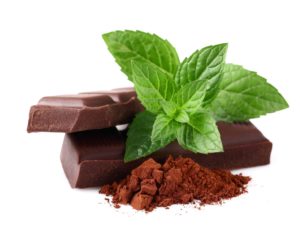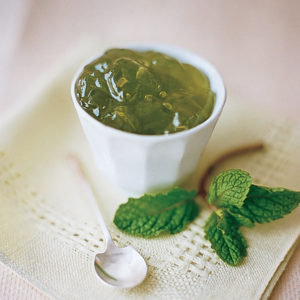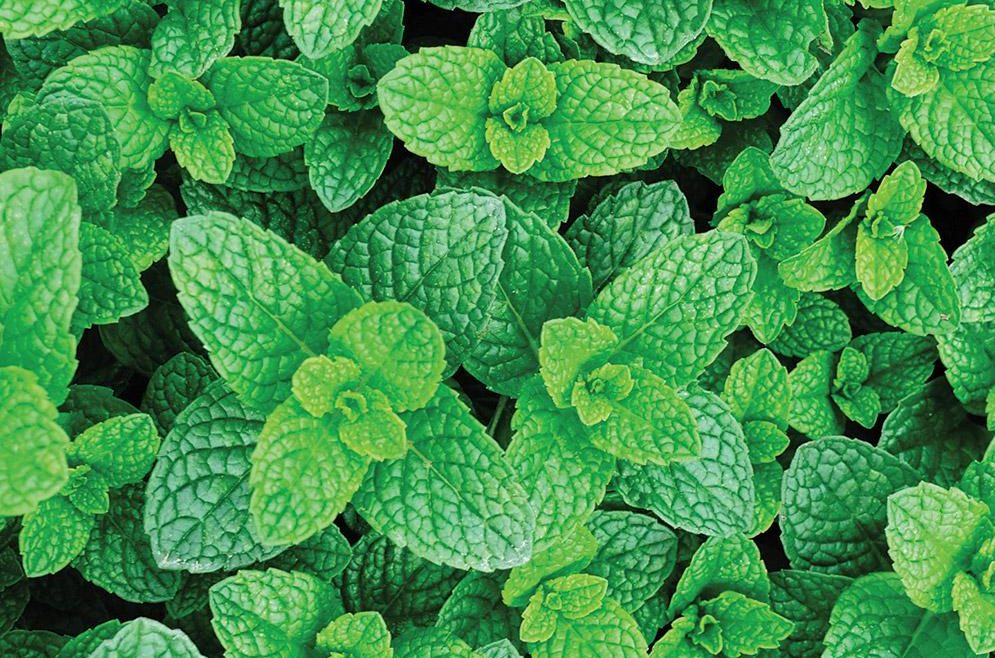Mint
Also known as mentha, it is estimated that there are 13-18 different varieties of mint. All very fragrant whether shiny or fuzzy, smooth or crinkled, bright green, dark green or variegated you can always tell a member of the mint family by its square stem. Rolling the stem between your fingers you will notice a pungent scent that will make you think of sweet teas, peppermint patties, candy canes or mojitos.
Mint is known to have originated in the Mediterranean region and Asia it has been known throughout history for its many benefits such as;
• The Greeks used mint to clean their banqueting tables and they would also add it to their baths.
• Romains used it as a mouth freshener and to aid in digestion
• Medieval Monks used it for medicinal and culinary purposes.
• Mint symbolized hospitality in many cultures as it was offered as a sign of friendship and was given to welcome guests
• The name mint was derived from the Ancient Greek mythical character Minthe.
• It is said Hades, the god of the underworld, fell in love with Minthe. When Hades wife Persephone found out, she turned Minthe into a plant. Unable to undo the spell Hades gave Minthe a wonderful aroma so that when she was walked on he would smell her
The oil derived from mint is used for flavoring in toothpaste, teas, chewing gum and liquor. It was and still is often used to aid in indigestion or heartburn, colds, cramps, headaches, stress, anxiety, nausea and diarrhea. It is an ingredient used in many different aromatherapy options and is used in some perfumes and in many cosmetics. Mint oil can also be found in many environmentally friendly insecticide and pesticide options that to help detour mice, ants, spiders or flies and has been used to kill pests like wasps, hornets and cockroaches.
This perennial herb with purple flowers is as pretty to look at as it is functional. It will grow up to over three feet tall and thrives in moist but well drained places, which is why it is often found on the banks water sources. It prefers a part shaded area and requires minimal care. It will spread year after year and in some cases is deemed invasive. It is supposed to be a good companion plant, when planted in your veggie gardens or patio gardens it will repel pesky insects and attract beneficial insects. Harvesting mint leaves can be done anytime, it is best to use fresh leaves immediately or store in plastic bags in the fridge for a few days. Another option would be to freeze or dry mint leaves to use at a later date.
Recipes using Mint

Mint Jelly
Ingredients
– 2 cups water
– 1 cup white vinegar
– 1 cup fresh mint leaves, lightly packed
– 6 drops green food colouring
– 6½ cups sugar
– 1 bottle (6oz.) pectin or 2 pouches

Directions
Combine all the ingredients except the pectin in a large sauce pan. Bring to a boil and then add the pectin. Heat to a full rolling boil and boil hard for 1 minute. Remove the mint leaves and pour liquid into jars. Seal immediately. Makes 7 cups
This recipe is from a recipe book called “Barefoot in the Kitchen” that was put together by the Windermere Women’s Institute and can be purchased at both our locations for $20.00
More Recipes
Here are some links to a few more yummy recipes we have found using Mint. We would like to know what your favorite recipes using fresh herbs are, find us on Facebook and share your recipes with us.
Hearty Chicken Gyros

https://www.tasteofhome.com/recipes/hearty-chicken-gyros/
Chocolate Mint Brownies

https://www.bettycrocker.com/recipes/chocolate-mint-brownies/39ae52eb-e13f-407c-aeda-6e234de14751
Mojito Slushy

https://www.tasteofhome.com/recipes/mojito-slush/
Happy Cooking!


